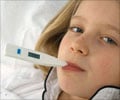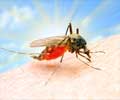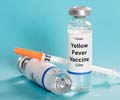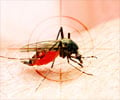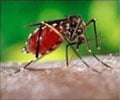As dengue continues to spread from Key West north into the Florida mainland, it remains a mystery as to why this dangerous mosquito-borne illness is not yet common around Tucson, Arizona.
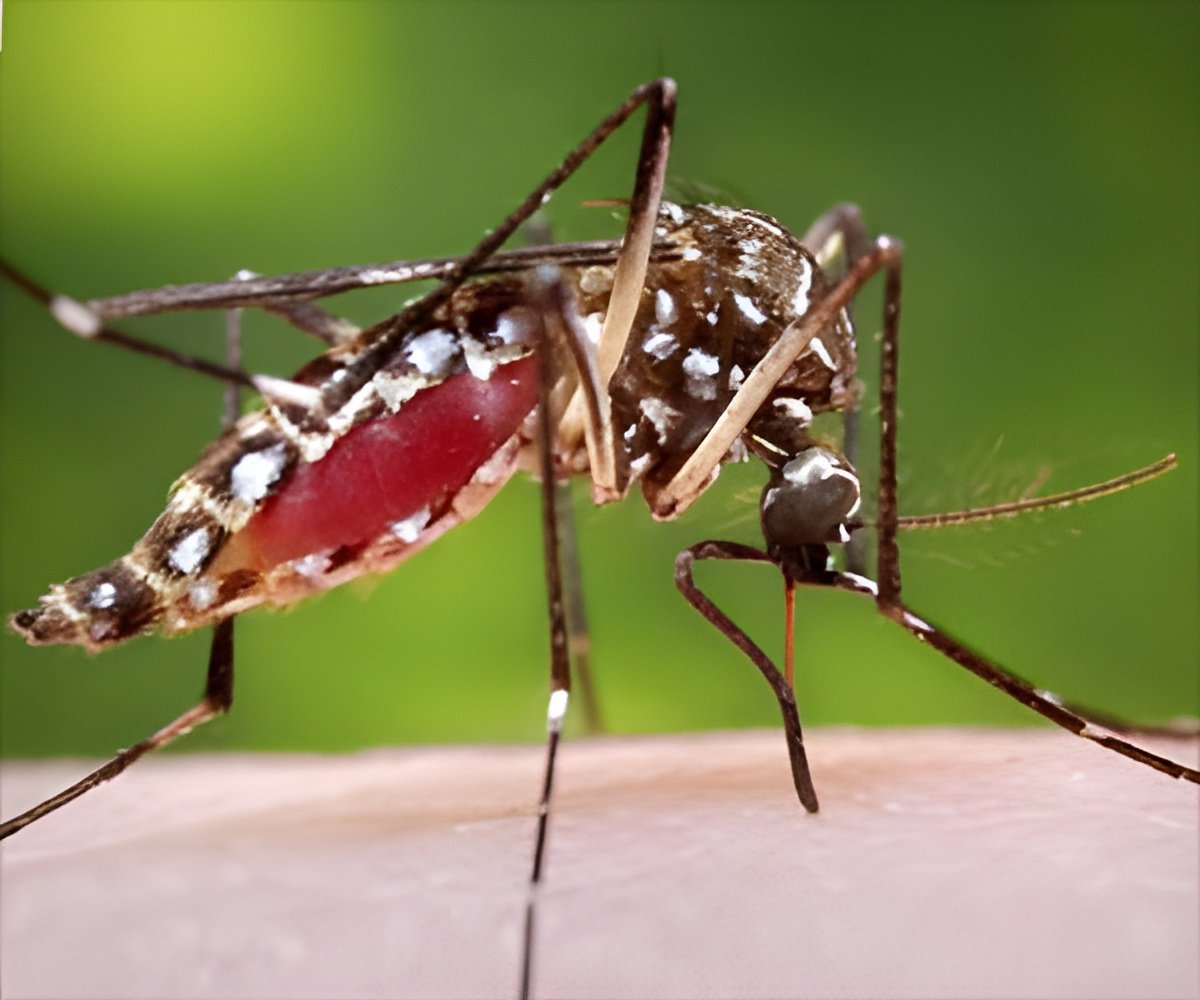
"Key West and Tucson share a lot of risk factors. Even in arid Tucson we have a large population of mosquitoes that can carry dengue, and people here spend a lot of time outdoors, but we have yet to see evidence of locally-acquired infections," said Kacey Ernst, PhD, an infectious disease epidemiologist at the University of Arizona in Tucson.
Ernst presented preliminary findings from an ongoing study she is conducting with Mary Hayden, PhD, a scientist at the National Center for Atmospheric Research (NCAR) in Boulder, Colorado, whose work focuses on the link between human behavior and climate-related health threats.
Their survey of residents in the two cities 2,000 miles apart and with different climates turned up many similarities. More than half of the respondents in both cities reported spending at least an hour outside each day. The use of central air conditioning, thought to lower the risk of dengue, was virtually identical (55% in Key West vs. 56% for Tucson), though some of the Tucson air conditioning systems are less dengue-friendly. They note that many people in the Tucson area use evaporative cooling systems or "swamp coolers," which increase the humidity in the home and may increase mosquito survivability, particularly in a desert environment.
"It is still a mystery as to why dengue infection has not shown up here," Ernst said. "When researchers looked at why dengue is not more common along the Texas side of the Mexico border, they cited factors limiting contact with mosquitoes, like people spending a lot of time in sealed, air conditioned buildings. Those issues are extremely important considerations, but we don't think they fully explain why Key West has dengue and Tucson doesn't."
She noted that in some ways Tucson could be seen as more vulnerable to dengue because mosquito control campaigns in the area are far less intensive than what one finds in Key West. Ernst said it's possible that there have been sporadic dengue infections in Tucson that have gone undetected or that there is something about the mosquito's life-cycle that is inhibiting its ability to transmit dengue.
Overall, the researchers want to understand more about the human and biological factors that allow dengue to move into some areas but not others. Their goal is to help prevent the disease from spreading further into the United States. A once obscure infection, dengue now threatens 40 percent of the world's population and has become endemic in Mexico.
"I think you see researchers in the United States and around the world mounting a full-court press to try to keep dengue in check," said ASTMH President David H. Walker, MD. "One of the reasons we hold an Annual Meeting is to allow scientists who are focusing on different aspects of the disease-the biology of the virus itself, the spread of the vector, and the role of human behavior-to share their latest findings and ultimately curtail the suffering from this disease."
Researchers believe dengue was absent from the continental United States for more than a half century. But in the last nine years there have been reports of small, isolated dengue outbreaks-in 2004 and 2005 in south Texas and from 2009 to 2011 in Key West. Most recently, in August of this year, 20 cases of "locally-acquired" dengue-meaning the infections were not travel related-were confirmed in the Jensen Beach area of South Florida's Treasure Coast, evidence that the disease may be moving north.
But so far, aside from the Texas and Florida cases, there have been no recent reports of locally acquired dengue elsewhere in the continental United States.
An Old Enemy: Aedes aegypti Mosquitoes in the United States
The Aedes aegypti mosquito occurs in the southern United States, from Florida in the east to Arizona in the west, and was also recently discovered in California.
At the ASTMH meeting, Lars Eisen, PhD, an expert in vector-borne diseases at Colorado State University, discussed the future threat posed by Aedes aegypti and its associated pathogens for human health in the United States. He noted that the mosquito has made a steady comeback across the Americas after the discontinuation of an intense control campaign undertaken in the mid-20th century by the Pan-American Health Organization (PAHO) that eliminated the mosquito from many countries. These ultimately unsustainable control efforts did not include the United States, Eisen said, and he believes Aedes aegypti has been present continuously in the far southeastern United States for hundreds of years.
This summer, unexpected populations of Aedes aegypti were reported in Fresno and Madera counties in California's Central Valley, and in San Mateo County in the Bay Area. But Eisen cautioned that, as is being seen in Arizona, it will take more than just the presence of Aedes aegypti mosquitoes to cause a dengue outbreak.
"Things like having houses with air conditioning and screens on the windows reduce indoor biting, and basic services like regular trash collection and reliable access to piped water reduce breeding opportunities," he said. "Collectively, they can significantly limit opportunities for virus transmission."
Eisen pointed out that even when dengue does arise in the United States, these factors seem to be keeping local virus transmission at low levels. He contrasted the relatively small number of cases found in Florida and Texas to the many thousands of dengue infections regularly reported in Puerto Rico and other Caribbean islands, and in Mexico. Eisen also said that while rising temperatures caused by climate change could bring the mosquito farther north in the United States, the many elements that influence the mosquito itself and the transmission of dengue virus argue strongly against looking solely at climate to assess disease threat.
Spying on Mosquitoes from Space
Eisen also noted a new effort underway using satellite imagery to help detect areas that might be at risk of dengue outbreaks.
The project involves a collaboration between Science and Technology in Atmospheric Research (STAR) and NCAR—both located in Boulder. Researchers involved in the initiative are developing, among other things, a way to search high-resolution satellite images to detect the "container" habitats preferred by Aedes aegypti mosquitoes, said Paul Bieringer, PhD, a scientist with NCAR's National Security Applications Program.
Aedes aegypti can be difficult to control because, unlike mosquitoes that spread West Nile Virus, which prefer water sources like ponds and sewers that can be easily treated with larvicides, Aedes aegypti seek out water-filled containers, like an empty can, bucket or old tire that collects rain water. This preference is why they are sometimes called "container breeders."
Bieringer said that satellites are now capable of providing clear images of relatively small objects on the ground, allowing researchers to employ sophisticated computer programs to scan these images and identify potential hotspots capable of harboring large populations of Aedes aegypti mosquitoes.
"Our goal is to develop maps that can simulate the abundance of this dengue virus carrier in a particular area, and then use these insights along with demographic and economic data, to predict where disease outbreaks are most likely to occur," he said.
Source-Eurekalert
 MEDINDIA
MEDINDIA

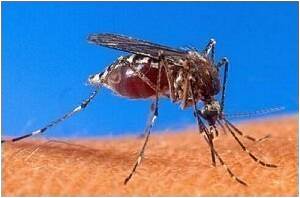
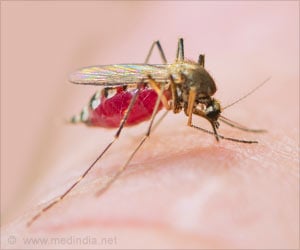

 Email
Email
